The Earth in Aboriginal Symbolism: A Tapestry of Connection and Respect
The Earth in Aboriginal Symbolism: A Tapestry of Connection and Respect
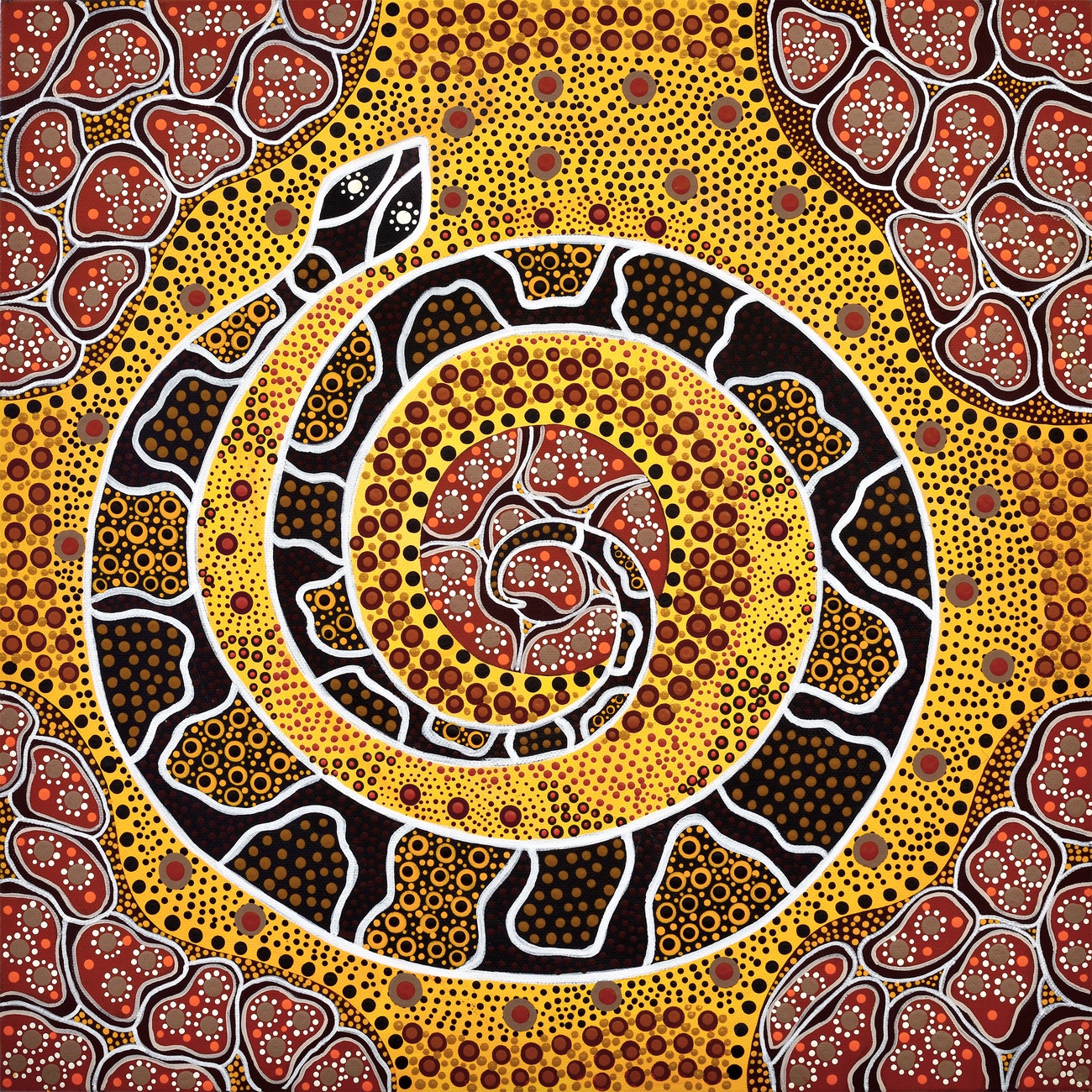
The Indigenous peoples of Australia, known as Aboriginal Australians, have a deep and profound connection to the land they call home. This connection is reflected in their rich and complex system of symbolism, which permeates every aspect of their lives, from art and storytelling to spiritual beliefs and social structures. Among these symbols, the representation of the Earth holds a central place, embodying not just the physical environment but also the intricate web of life that sustains it.
The Earth as Mother: A Source of Life and Sustenance
Related Articles: The Earth in Aboriginal Symbolism: A Tapestry of Connection and Respect
- Unveiling The Mystery: What Is The Fruit From Whitsunday Australia?
- A Vibrant Tapestry: The Vitality Of Tamil In Australia
- Unveiling The Beauty And Significance Of Aboriginal Female Names
- Unraveling The Tapestry Of Identity: The Significance Of Totems In Indigenous Religions
- Weaving The Threads Of Time: The Art, Dance, Music, And Storytelling Of Aboriginal Cultures
In Aboriginal cosmology, the Earth is not merely a passive backdrop but an active participant in the cycle of life. It is often personified as a mother, a nurturing force that provides for her children. This concept is reflected in the widespread use of the symbol of the "Mother Earth" or "Mother Land", a powerful image that encapsulates the interconnectedness of all living things.
The Earth is seen as a source of life, providing food, water, shelter, and medicine. Aboriginal people have long recognized the importance of living in harmony with the environment, understanding that their own survival depends on the health of the land. This respect for the Earth is evident in their traditional practices of sustainable resource management, which have allowed them to live in balance with the natural world for millennia.
The Rainbow Serpent: A Symbol of Creation and Fertility
One of the most prominent and powerful symbols in Aboriginal art and mythology is the Rainbow Serpent. This mythical creature is often depicted as a large, serpentine being that travels through the land, leaving a trail of water and fertility in its wake. The Rainbow Serpent is associated with the creation of the Earth, the formation of waterholes and rivers, and the abundance of life.
In many Aboriginal traditions, the Rainbow Serpent represents the feminine principle, representing the power of creation and the cyclical nature of life. Its presence is seen as a sign of good fortune and prosperity, a reminder of the Earth’s generative capacity.
The Seven Sisters: A Celestial Guide and Story of Creation
Another important celestial symbol in Aboriginal astronomy is the Seven Sisters, also known as the Pleiades star cluster. This group of stars is visible in the night sky during the summer months and plays a significant role in Aboriginal culture. The Seven Sisters are often associated with the creation of the Earth and the emergence of human beings.
The story of the Seven Sisters is a complex and multifaceted one, varying from region to region. In some versions, the sisters are pursued by a malevolent figure, representing the dangers of the natural world. In others, they represent the cycle of life and death, reminding people of the interconnectedness of all things.
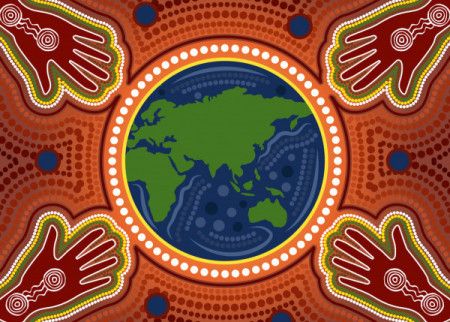
The Dreaming: A Connection to the Ancestral Past
The concept of the Dreaming is central to Aboriginal spirituality and provides a framework for understanding the relationship between humans and the Earth. The Dreaming refers to a time in the distant past when ancestral beings created the world and everything in it. These beings are believed to have left their mark on the land, shaping its features and imbuing it with spiritual significance.
Aboriginal people see themselves as custodians of the Dreaming, responsible for maintaining the balance and harmony of the land. They believe that by respecting the ancestral beings and their creations, they can ensure the continued well-being of the Earth and all its inhabitants.
The Importance of Land Ownership and Stewardship
The concept of land ownership is fundamentally different in Aboriginal culture compared to Western perspectives. Land is not simply a resource to be exploited, but rather a sacred entity that is inextricably linked to the identity and wellbeing of the people. Aboriginal people believe they have a responsibility to care for the land and its resources, passing this responsibility down through generations.
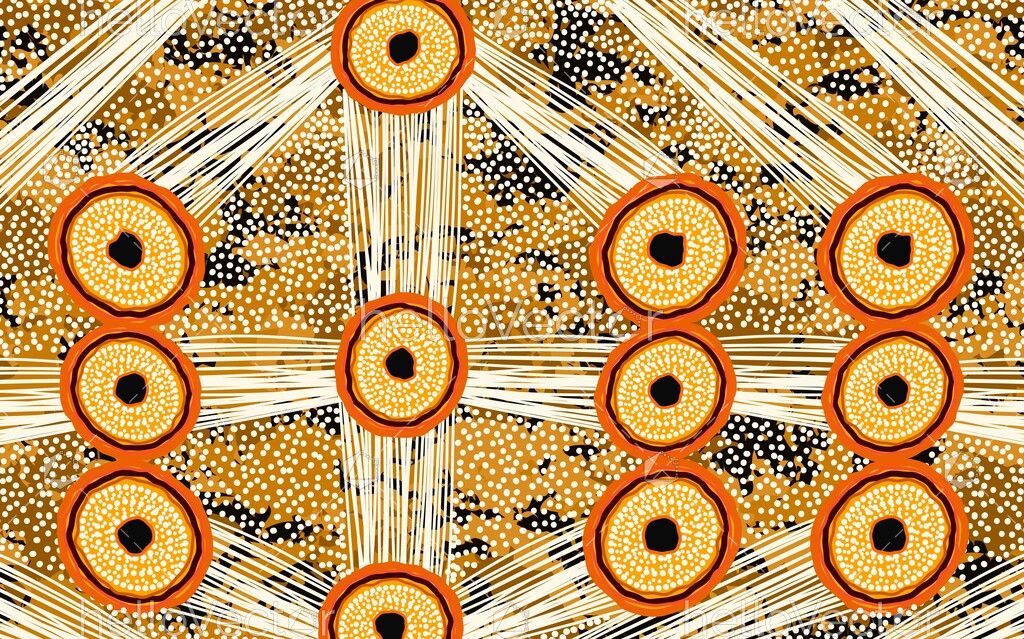
This concept of stewardship is reflected in the intricate system of traditional land management that has been practiced by Aboriginal people for thousands of years. These practices, which include fire management, resource harvesting, and conservation, are designed to maintain the health and vitality of the land.
The Impact of Colonization and the Fight for Recognition
The arrival of European settlers in Australia had a profound and devastating impact on Aboriginal culture and the relationship between Indigenous people and the land. Colonization brought with it dispossession, cultural suppression, and the destruction of traditional practices.
Despite these challenges, Aboriginal people have continued to fight for recognition of their rights and their connection to the land. The Land Rights Movement has been a crucial force in reclaiming Aboriginal ownership and control of their traditional territories. This movement has also highlighted the importance of protecting the environment and ensuring that Aboriginal knowledge and perspectives are incorporated into land management practices.
The Future of Aboriginal Symbolism and the Earth
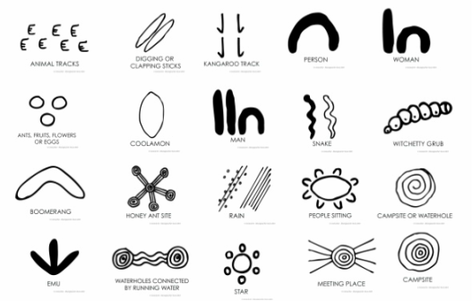
As the world faces the urgent challenges of climate change and environmental degradation, the lessons of Aboriginal culture and their deep connection to the Earth have never been more relevant. Their understanding of the interconnectedness of all living things and their commitment to sustainable living offer valuable insights into how we can create a more just and sustainable future for all.
By embracing the wisdom of Aboriginal people, we can learn to live in harmony with the Earth, respecting its rhythms and cycles and recognizing our responsibility to care for it for generations to come.
FAQs:
Q: What are some common symbols used by Aboriginal people to represent the Earth?
A: Some common symbols include the Mother Earth, the Rainbow Serpent, the Seven Sisters, and various animal motifs that represent the interconnectedness of life.
Q: How do Aboriginal people view the Earth in their spiritual beliefs?
A: Aboriginal people view the Earth as a sacred entity, a source of life and sustenance, and a vital part of their cultural identity.
Q: What is the importance of land ownership in Aboriginal culture?
A: Land ownership is not just about property rights but about a deep connection to the land, a responsibility to care for it, and a cultural identity that is intrinsically linked to the territory.
Q: What are some examples of traditional land management practices used by Aboriginal people?
A: Traditional land management practices include fire management, resource harvesting, and conservation techniques that aim to maintain the health and vitality of the land.
Q: What is the significance of the Dreaming in understanding the relationship between humans and the Earth?
A: The Dreaming provides a framework for understanding the creation of the world, the connection between humans and ancestral beings, and the responsibility to care for the land.
Q: How has colonization impacted the relationship between Aboriginal people and the land?
A: Colonization has resulted in dispossession, cultural suppression, and the destruction of traditional practices, impacting the relationship between Aboriginal people and the land.
Q: What is the Land Rights Movement and how has it impacted Aboriginal land ownership?
A: The Land Rights Movement is a social and political movement that has fought for the recognition of Aboriginal land rights and the return of traditional territories.
Q: How can we learn from Aboriginal culture to create a more sustainable future?
A: By embracing the wisdom of Aboriginal people, we can learn to live in harmony with the Earth, respecting its rhythms and cycles and recognizing our responsibility to care for it.
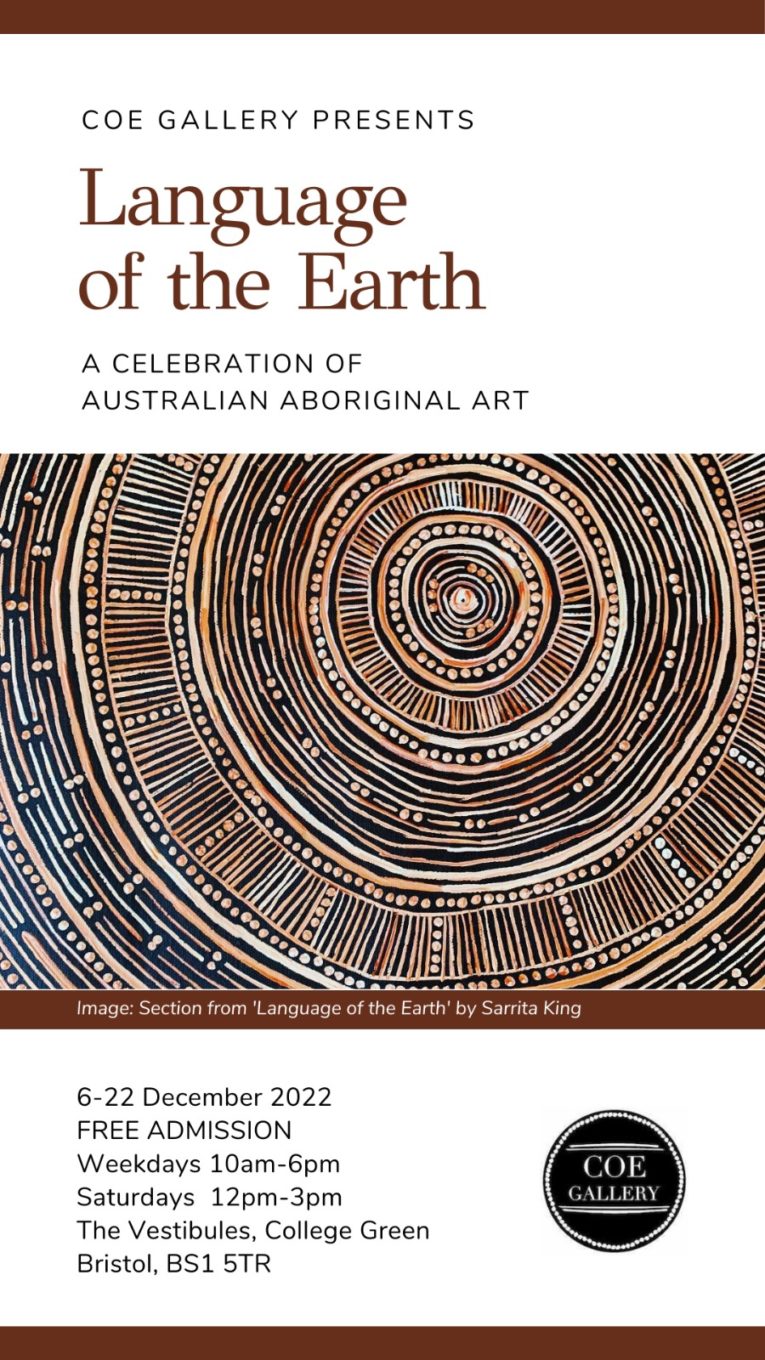
Closure
Thus, we hope this article has provided valuable insights into The Earth in Aboriginal Symbolism: A Tapestry of Connection and Respect. We appreciate your attention to our article. See you in our next article!


